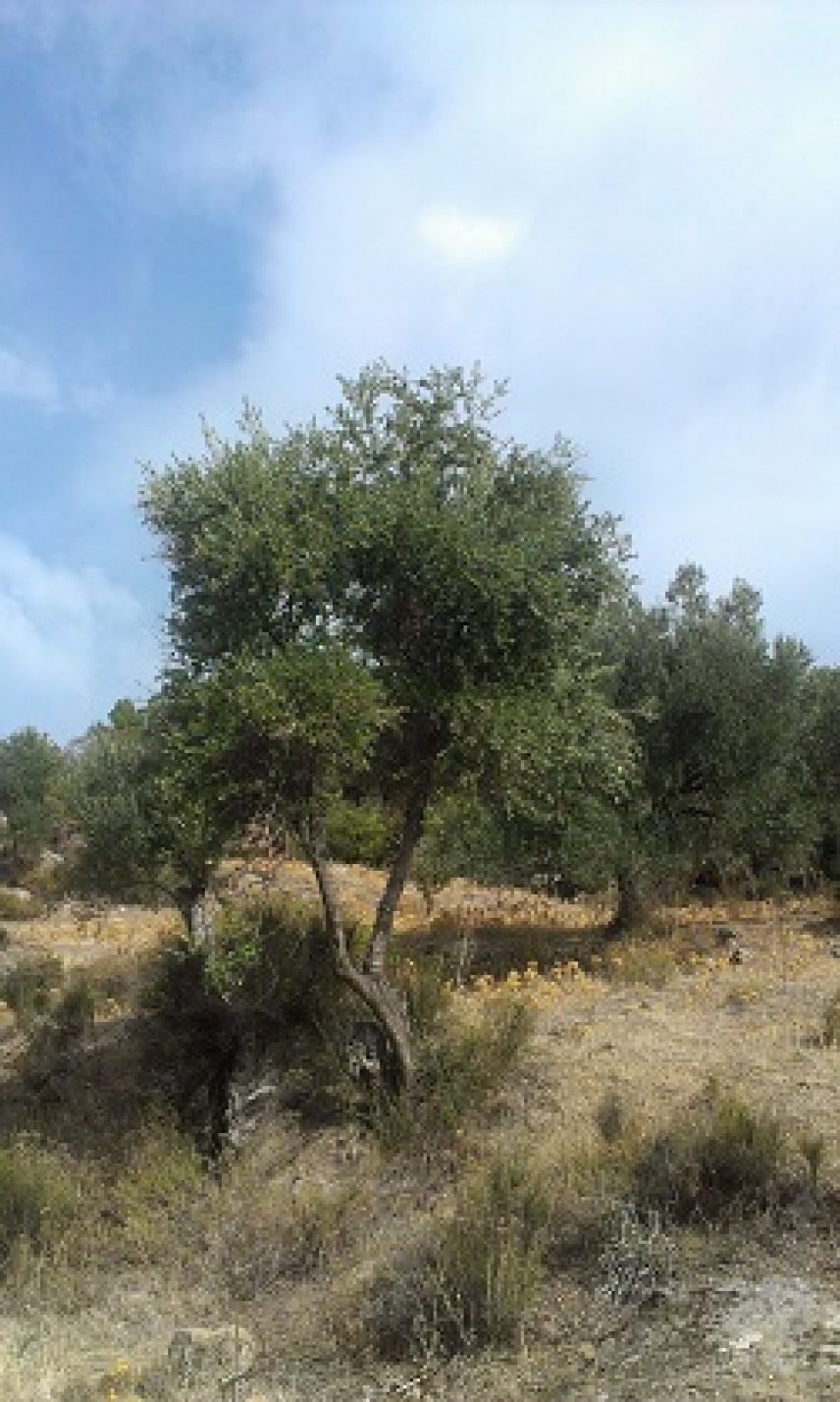The wild olive genome accounts for high oleic acid concentrations in olives
An international team including researchers from the University of Cordoba has sequenced the wild olive (oleaster) genome and identified the genetic singularities accounting for high oleic acid concentrations in the olive; their findings could be of value for plant breeding with a view to enhancing production
Monte Testaccio – an artificial mound in Rome composed of fragments of oil amphorae – provides physical proof of the importance of olive oil production around 2300 years ago. These broken shards tell the story of what might be regarded as one of mankind’s oldest industries. But there are other, much older, accounts involving oil. They were unearthed at around the same time as the fragments forming Monte Testaccio, when the 19th-century craze for archaeology led scientists to attempt to explain everything, including the past. A few kilometres further east, on the island of Crete, where Mediterranean Europe meets the Middle East, a number of tablets were found containing records on olive-growing dating back around 4500 years, in other words about a thousand years before the Genesis flood narrative, in which a dove brings back an olive branch in its beak, as proof that the waters had receded.


